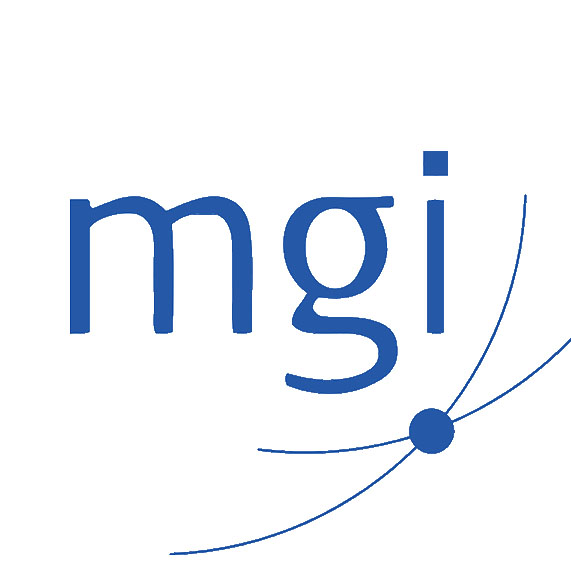I’m often asked by business clients whether a certain dollar profit is good. My answer is always the same – it depends.
The fact is, no one can tell you whether a specific dollar profit figure in isolation is a good result or not. It’s just like asking someone whether the $1,000 in interest you received from the bank is a good return. You can’t answer the question until you know how much they had invested in the bank – and so too it is with a business.
In my experience, the problem is that very few business owners have any idea of how much they have invested in the business. Without this vital piece of information you only have half the picture. This is also often the case in the financial press, with banks often being criticising for the “obscene” profits they make without asking one vital question – how much did they have invested in the business and what rate of return is that?
So, my Big 3 ratios on which to asses the financial performance of a business are:
- Profitability – what is the percentage of profit to sales? This will be a percentage (e.g. 10%).
- Activity (or Asset Turnover) – Sales divided by the total assets of the business. This is a number (e.g. 2). Simplistically, your total assets is your Plant & Equipment, Stock, Debtors (and other working capital) less Creditors.
- Return on Capital Employed (ROCE) – 1 multiplied by 2 (e.g. 20%).
Once you know what the ROCE is for your business, then you can assess whether this is sufficient for the risk you’re taking.
We all know that you can get around 3% investing in supposed “risk free” ten year government bonds so why would you accept this rate of return in your business when it is certainly not risk free. Similarly, we all know that, over the longer term, you can expect a return of around 10%-12% investing in a portfolio of publicly traded blue chip shares. Sure, returns since the GFC have taken a hit, but I’m talking about the longer term.
Therefore, why would you accept this rate of return in your business when it is more risky than a portfolio of publicly traded blue chip shares? This starts a discussion about how much more risky your business is and what you can do to reduce that risk. Is 20% return enough? Is 30%?
It also starts a discussion about how to improve the financial performance of your business.
It follows from our Big 3 ratios above that ROCE is a function of Profitability and Activity. Therefore, the key to increasing ROCE is to understand whether it is your Profitability that is poor or your Activity, or both. More importantly, if you made changes to one of them, which one would give you more “bang for buck”. That is, a small change in one area may have a multiplied effect. The key is knowing what the “driver” is for your business.
Why not try to assess the ROCE for your business using the formula below? Feel free to contact me if you get stuck.
ROCE = Net Profit/Sales x Sales/Total Assets
This formula can be further simplified to:
ROCE = Net Profit/Total Assets
Of course it is simplistic to say that all of your business problems will be solved by simply concentrating on only these three ratios. But it is an easy start. There are many other financial ratios that are important in running a business, including liquidity ratios and measuring free cash flow.







